Running a successful eCommerce website is no easy feat. With so many elements that need to come together to create a seamless customer experience, it’s important to make sure all the essential features are in place.
As a trusted, multidisciplinary eCommerce web design agency, we’re often asked about the various platforms, from Shopify to WooCommerce and BigCommerce and the features that will benefit a brand and help grow a successful online store.
In this post, we’ll explore 8 must-have features for any eCommerce website. From high-quality photography to product reviews and a streamlined way to purchase, these features will help your customers easily find what they’re looking for and increase sales. Read on to discover more!
This article will cover:
- 1 High-quality photography
- 2 Product reviews
- 3 Easy path to purchase
- 4 Hassle-free returns policy
- 5 Prominent search functionality
- 6 Product recommendations
- 7 Blog posts
- 8 The right platform
- Conclusions
1 High-quality photography
High-quality photography is a non-negotiable feature for a successful eCommerce website. Why? Because online, customers rely solely on visuals to make purchasing decisions, so it’s essential to ensure that your product images are eye-catching, clear, and professional.
Investing in high-quality photography is a smart move for any online shop. With visually appealing images, you can captivate your audience and showcase your products in the best possible light. Customers are more likely to trust and buy from a website with clear and attractive product images. Studies have shown that product images greatly influence a customer’s decision-making process, with 67% of consumers stating that the quality of a product’s image is “very important” in their purchasing decision.

But what makes a photograph “high-quality”? Well, it’s all about the details. First and foremost, your images should be crisp and well-lit, showcasing the product from multiple angles. This will allow customers to see the product from all angles and make an informed decision. Additionally, consider using lifestyle images to help customers envision how the product might fit into their lives. Including images that demonstrate the product’s use and context can significantly enhance the overall shopping experience.
To achieve high-quality photography for your eCommerce website, you have a few options. You either hire a professional photographer to help you create stunning images that perfectly showcase your products. Or, you can try shooting the images yourself if you have the skills and equipment. If you can shoot the products yourself, we recommend using tools like Adobe Lightroom and Photoshop to adjust them before they are ready for upload. Just make sure to invest in proper lighting and equipment to ensure the best results.
If you need help going down the self-help route, check out our post for Mastering eCommerce Photography.
2 Product reviews
Product reviews are a crucial feature for any eCommerce website. They provide valuable social proof for your products and can significantly influence a customer’s decision to purchase. Studies have shown that 91% of consumers read online reviews before making a purchase, and 84% trust them as much as a personal recommendation from a friend or family member. So, if you want to build trust with your customers and boost your sales, incorporating product reviews is a must.
A section on your website dedicated to product reviews allows customers to share their experiences and opinions about your products. This helps potential buyers make more informed decisions, as they can read about other people’s experiences with the product they’re interested in. It also provides you with valuable feedback, allowing you to identify areas for improvement or celebrate the successes of your products.
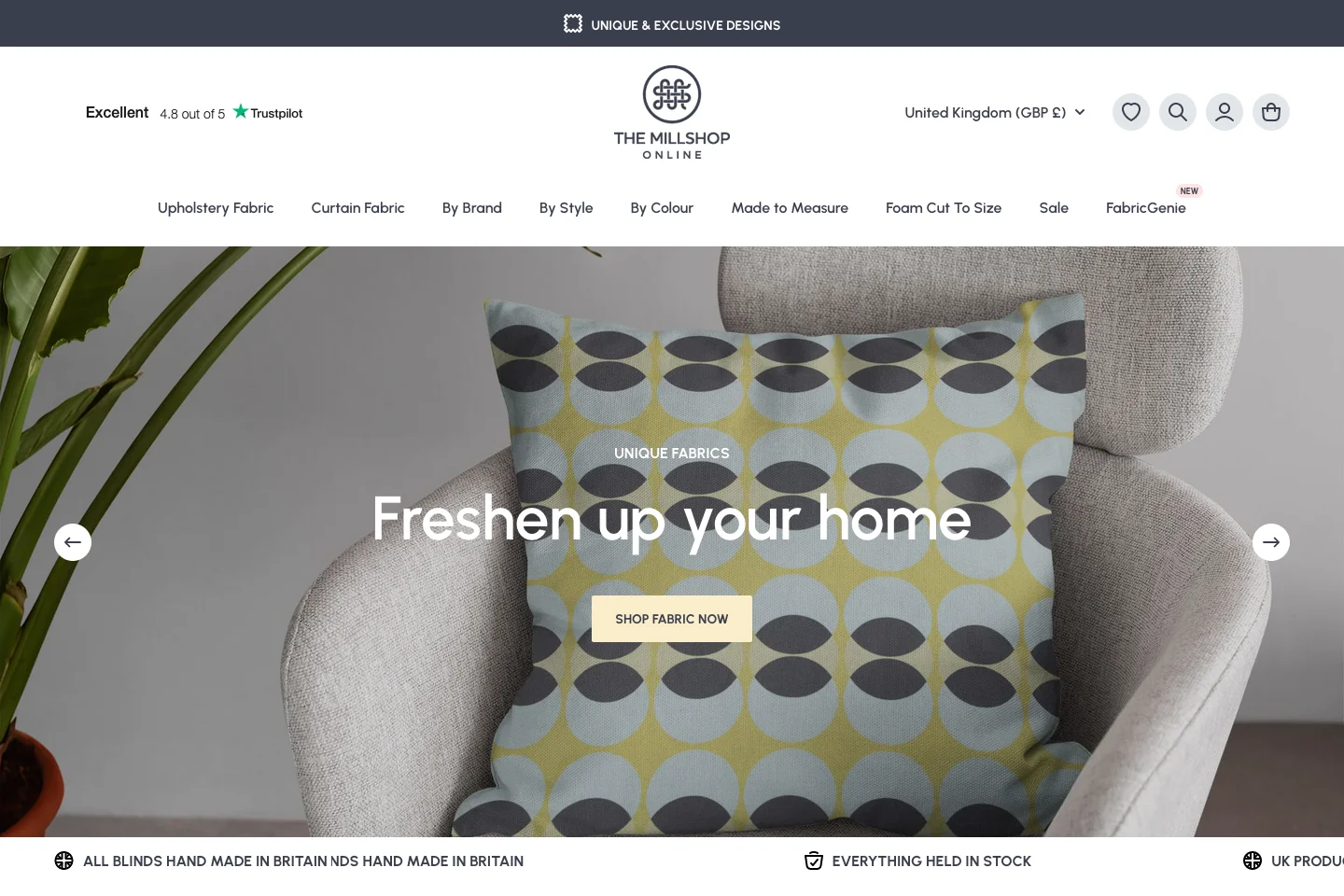
To encourage customers to leave reviews, consider implementing a rewards system. For example, you could offer discounts or exclusive perks for customers who leave reviews. This not only incentivises customers to provide feedback but also encourages repeat purchases.
Adding reviews to your store will depend on your eCommerce platform and the plugins available to help you integrate product reviews seamlessly into your website. Platforms like WooCommerce and Shopify offer built-in review functionalities, or you can opt for third-party review plugins for more customisation options. If you’re not confident in setting up the review system yourself, you can enlist the help of a web design agency, like ours, who specialise in Shopify and WooCommerce to ensure it is implemented effectively.
Remember, showcasing them prominently on your product pages is key to leveraging product reviews. Place the reviews close to the product information and make them easily readable. You can also use star ratings or summary snippets to provide a quick overview of the overall rating. By showcasing positive reviews and demonstrating transparency, you’ll build trust with your customers and increase your chances of making a sale.
3 Easy path to purchase
Once a customer has found a product they love on your online shop, making the purchasing process as seamless as possible is crucial. An easy path to purchase is a must-have feature for any e-commerce website, as it ensures that customers can quickly complete their transactions without any frustration or confusion.
To create an easy path to purchase, there are a few key elements to consider. First and foremost, your website’s navigation should be intuitive and user-friendly. Customers should be able to quickly find the category or product they’re looking for without clicking through multiple pages or searching endlessly. Consider implementing a clear and concise menu system that organises your products by category in a logical and easy-to-understand way.
Another critical element is a streamlined checkout process. Keep the number of steps required to complete a purchase to a minimum, and avoid asking for unnecessary information. Offer guest checkout options so customers can purchase without creating an account if they don’t want to. This reduces friction and makes customers more likely to follow through with their purchase.
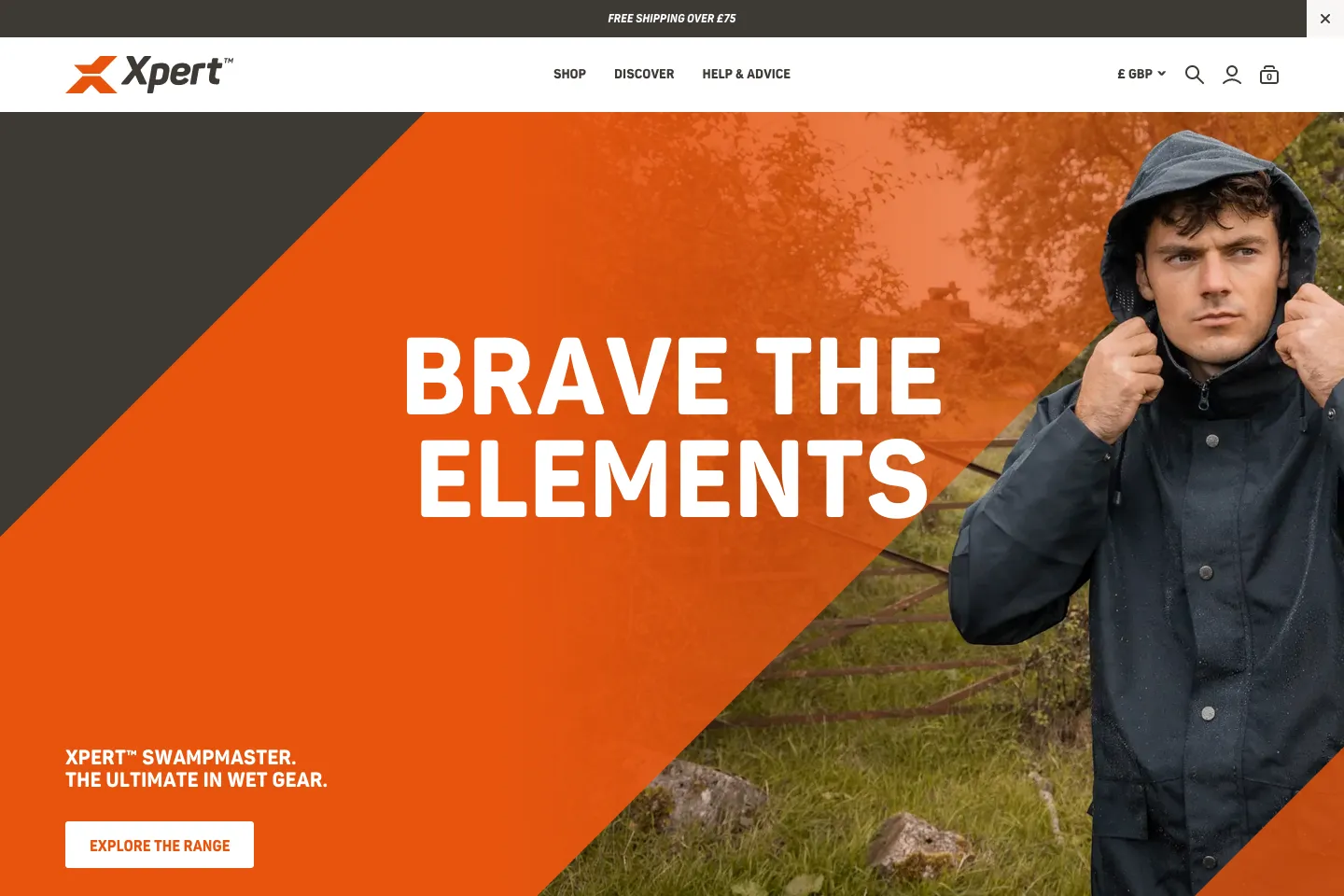
Additionally, make sure to display shipping and payment options upfront clearly. Customers should be able to easily see what shipping methods are available, how long it will take for their order to arrive, and what payment options are accepted. Offering multiple payment options, such as credit cards, PayPal, and Apple Pay, can also help cater to a broader range of customers and increase conversion rates.
Shopify has a great user experience to ensure your website has an easy path to purchase. If you’re considering Shopify or are already on the platform, why not enlist the help of our Shopify agency experts to help audit your site or plan your project? Our agency specialises in creating user-friendly eCommerce websites and can help optimise your site’s navigation, checkout process, and overall user experience. By creating a seamless and intuitive purchasing journey, you’ll maximise conversions and keep your customers coming back for more.
4 Hassle-free returns policy
Whilst you may hope that all your customers are satisfied with their purchases, the reality is that there will inevitably be some who want to return or exchange an item. By offering a hassle-free returns policy, you can provide peace of mind to your customers and encourage them to purchase without the fear of being stuck with an item they don’t want.
A hassle-free returns policy means that returning an item is easy. It should be clearly outlined on your website, with information on how to initiate a return, what items are eligible for return, and any specific requirements or timeframes. Make sure to communicate any costs associated with returns, such as shipping or restocking fees, to avoid surprises for your customers.
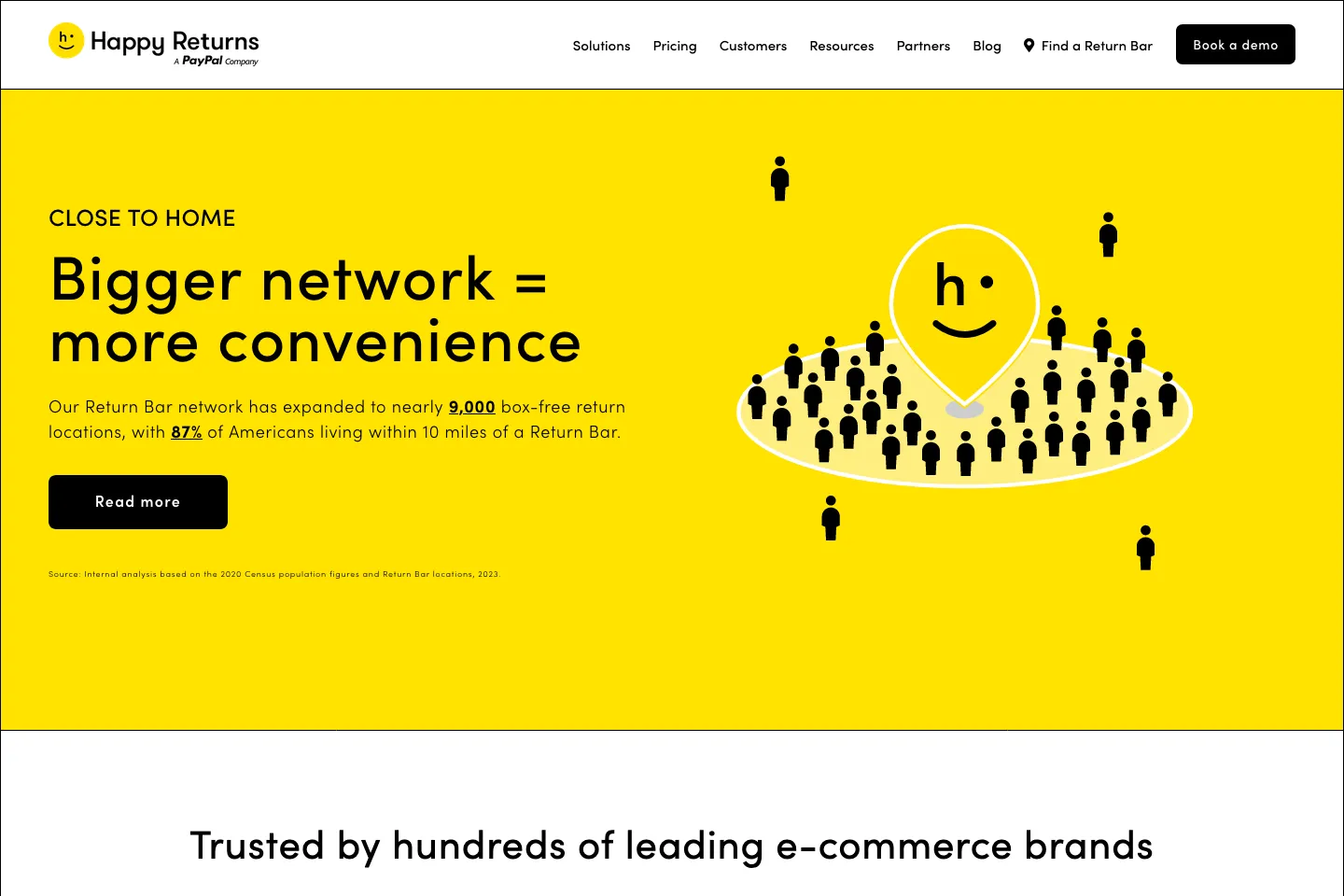
By providing a hassle-free returns policy, you show your customers that you value their satisfaction and are willing to make things right if they are not completely happy with their purchase. This builds trust and confidence in your brand, increasing customer loyalty and repeat purchases.
To create a hassle-free returns policy, consider implementing the following strategies:
- Easy returns process: Make it simple for customers to initiate a return. Provide clear instructions and a user-friendly returns portal on your website.
- Generous return window: Give customers ample time to return or exchange an item. A longer return window shows that you understand their needs and are willing to accommodate them.
- Prepaid return labels: Offer prepaid return labels to make the process even more convenient for your customers. This removes the burden of paying for return shipping and can help encourage more returns.
- No restocking fees: Waiving restocking fees is another way to make the returns process hassle-free for your customers. This ensures that they don’t feel penalised for returning an item.
By implementing these strategies, you can create a hassle-free returns policy to set your online shop apart. This will attract more customers and build a positive reputation for your brand.
5 Prominent search functionality
With the vast amount of products that online stores offer, it can be overwhelming for customers to find exactly what they’re looking for. Implementing a prominent search bar makes it easy for customers to quickly search for specific products, improving their overall shopping experience.
A prominent search bar should be strategically placed on your website, preferably at the top of the page or in a visible location. It should be clearly labelled and easily accessible from any page. Consider using a search icon or magnifying glass symbol to make it instantly recognisable to users.
When designing your search functionality, ensure it is user-friendly and provides accurate results. Implement autocomplete or suggested search terms to assist customers in finding what they need. This can save them time and frustration, as they can click on a suggested term rather than typing out their entire search query.
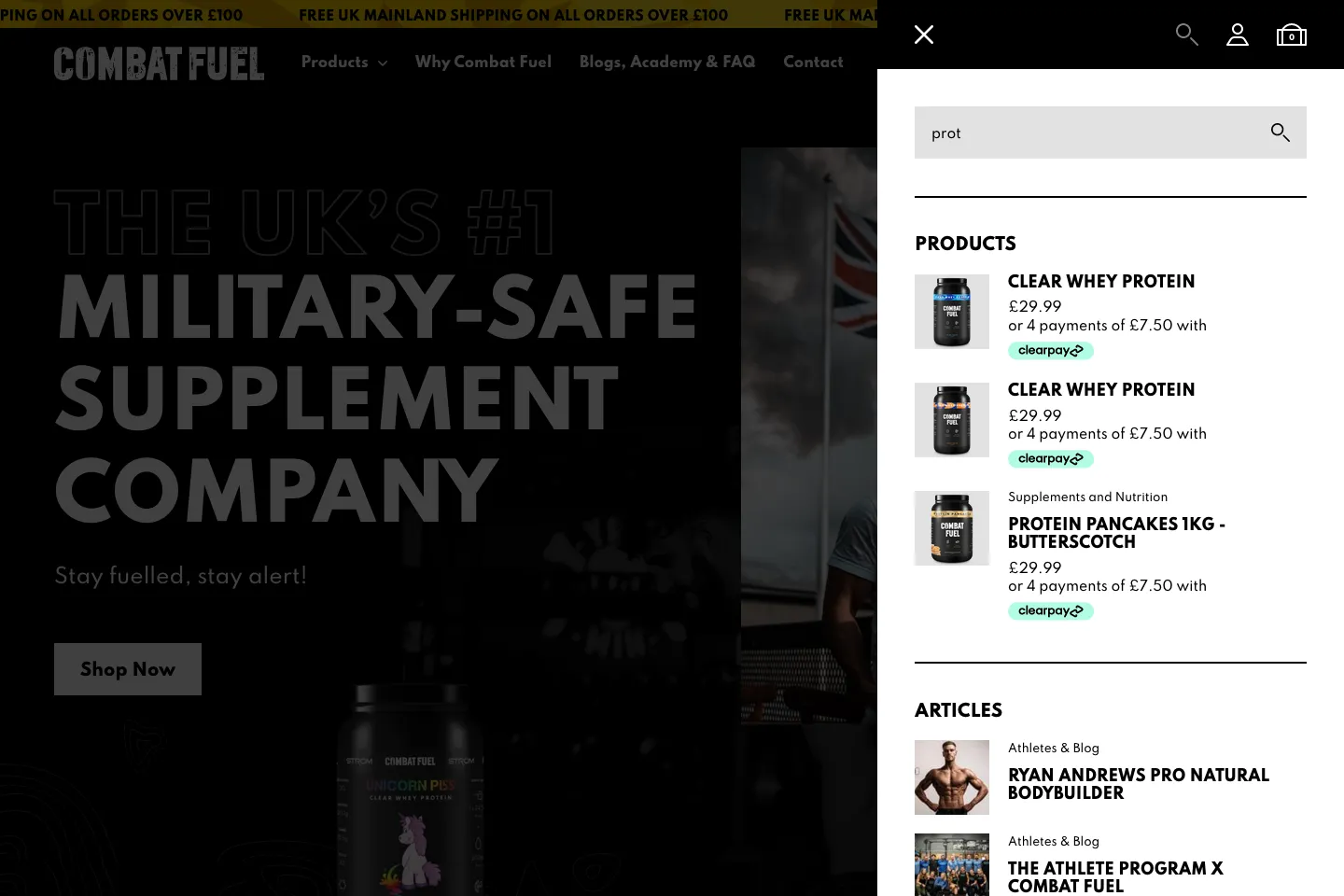
In addition to a basic search bar, consider incorporating advanced search filters to help customers narrow down their options. These filters can include price range, size, colour, and more, allowing customers to refine their search results to match their preferences quickly.
Furthermore, make sure that your search functionality is optimised for mobile devices. With the increasing number of users shopping on their phones, your search bar must be responsive and easy to use on smaller screens.
By prioritising prominent search functionality on your eCommerce website, you make it easier for customers to find the products they want, increasing their satisfaction and likelihood of purchasing. Don’t underestimate the power of a well-designed search feature. It can make all the difference in providing your customers a seamless and enjoyable online shopping experience.
6 Product recommendations
Product recommendations are a powerful feature that can significantly enhance the customer experience on your eCommerce website. By suggesting related or complementary products to your customers, you can increase the likelihood of upselling and cross-selling and provide a more personalised and tailored shopping experience.
With product recommendations, there are various strategies you can implement. One popular method is to use algorithms that analyse customer behaviour and purchase history to generate personalised recommendations. By understanding a customer’s preferences and browsing habits, you can offer them products that align with their interests, increasing the chances of a conversion.
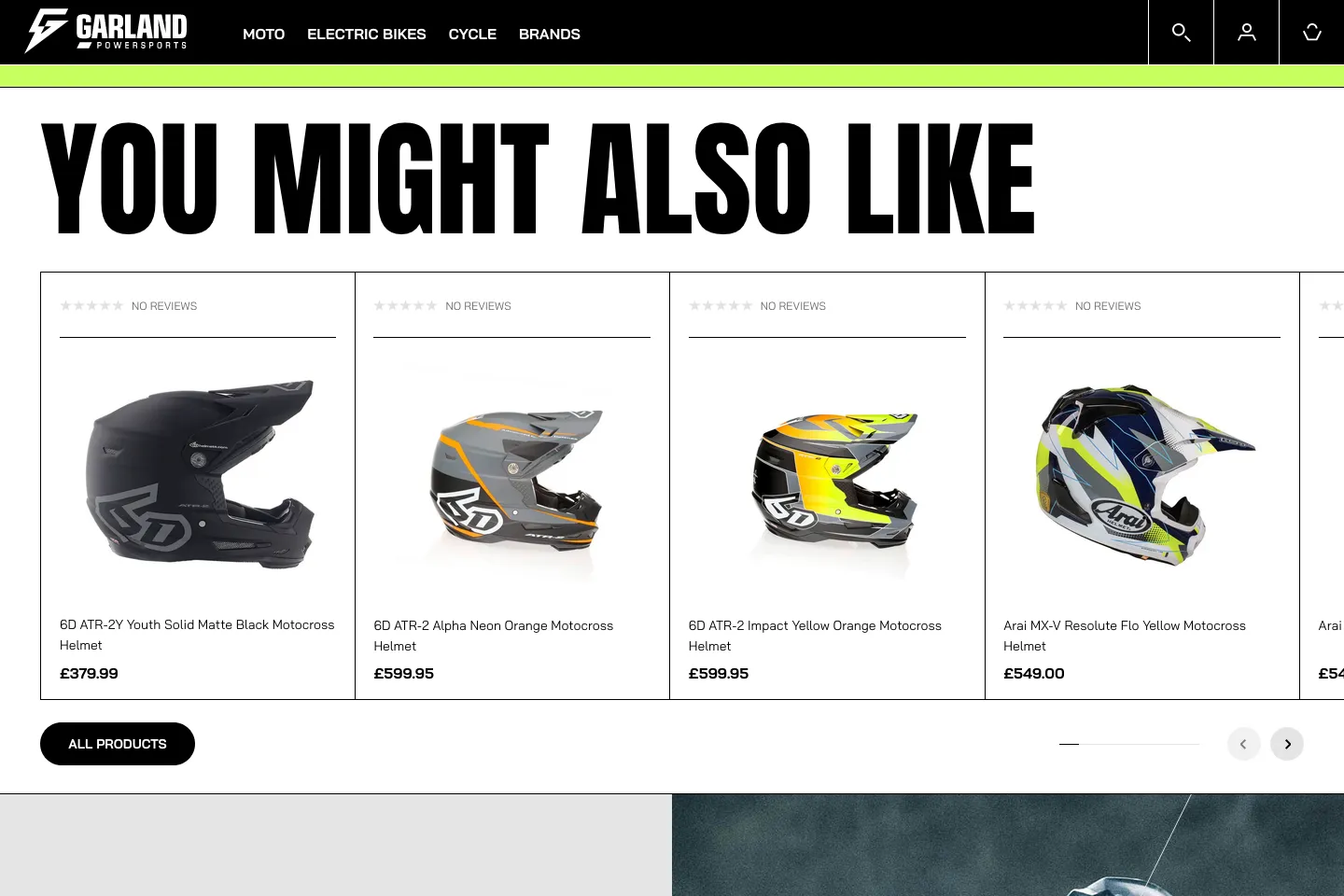
Another approach is to showcase popular or trending products on your website. By highlighting products currently in high demand or receiving positive feedback from other customers, you can create a sense of urgency and social proof. This can be especially effective in influencing purchasing decisions and boosting sales.
In addition, consider incorporating a “Customers who bought this also bought” section on your product pages. This can encourage customers to explore other commonly purchased products, increasing the average order value.
Various tools and plugins are available to implement product recommendations, depending on your eCommerce platform. Platforms like Shopify and WooCommerce offer built-in recommendation features, or you can explore third-party solutions that provide more advanced customisation options. Either way, by integrating product recommendations into your eCommerce website, you can enhance the shopping experience for your customers, increase sales, and foster customer loyalty. Take advantage of this powerful feature to showcase your product range and provide personalised suggestions to keep customers returning for more.
7 Blog posts
A blog on your eCommerce website is more than just a nice-to-have feature. Blog posts are a fantastic way to engage with your audience, provide valuable information, and boost your website’s search engine optimisation (SEO) ranking.
Blog posts allow you to showcase your expertise and establish yourself as a thought leader in your industry. By sharing valuable insights, tips, and industry news, you can position your brand as a go-to resource for customers seeking information or advice about your products or services.
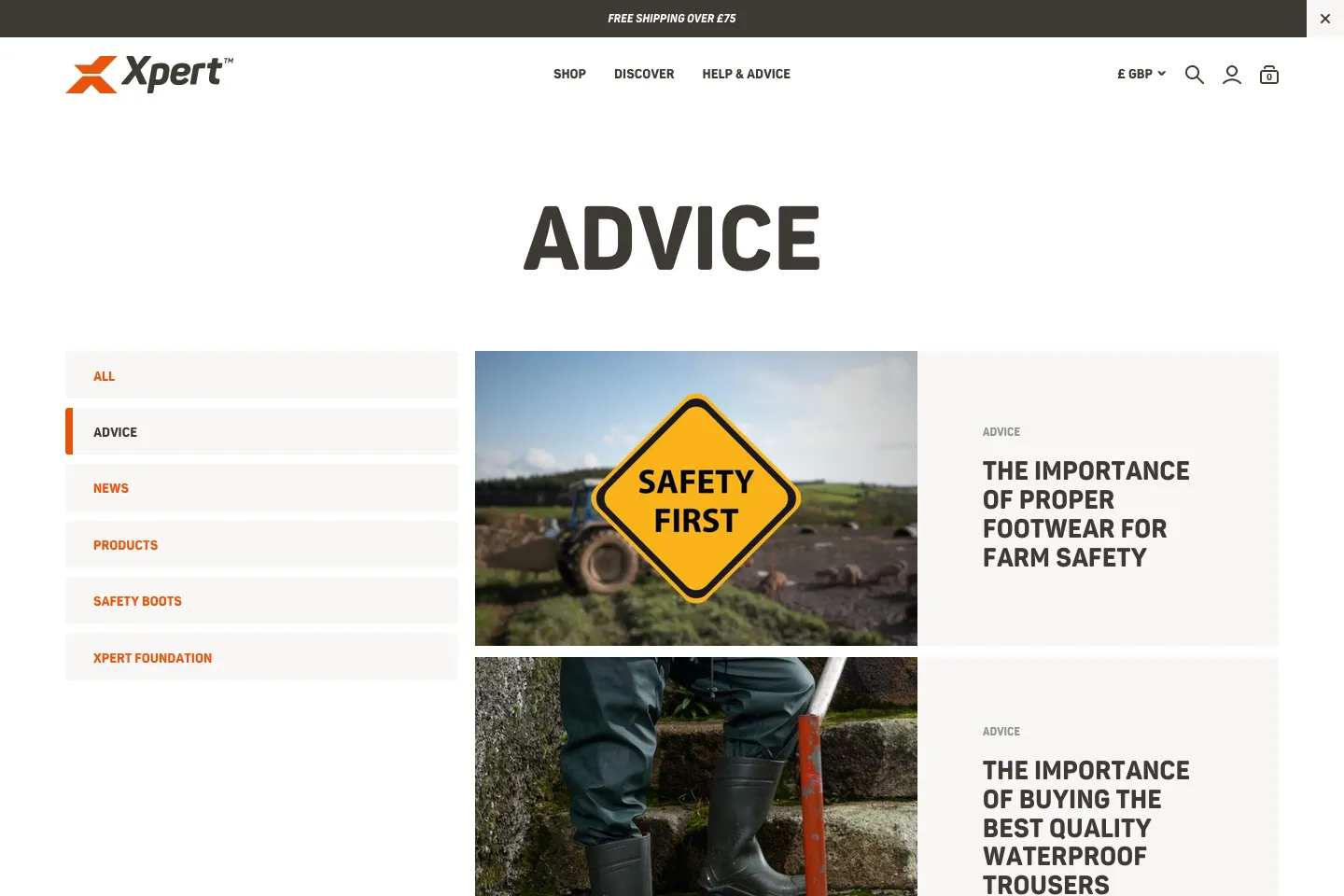
Blog posts also help you connect with your audience on a more personal level. They allow you to tell your brand’s story, share behind-the-scenes glimpses of your business, and create a sense of community. By writing in a conversational tone and inviting comments and feedback, you can foster a loyal following and encourage customer engagement.
Additionally, blog posts are an effective way to boost your website’s SEO ranking. Regularly publishing high-quality, keyword-rich content can increase your website’s visibility on search engine results pages. This, in turn, can drive more organic traffic to your website, increase brand awareness, and ultimately lead to more conversions. They are also a great way to prop up product pages, telling Google they are important pages on your website.
When creating blog posts for your website, the possibilities are endless. You can write about a wide range of topics, from product guides and tutorials to industry trends and customer success stories. Be sure to tailor your content to your target audience and provide relevant and valuable information to them.
8 The right platform
Selecting the right platform for your eCommerce website is a critical decision that will impact the success and functionality of your online business. With numerous platforms available, it’s good to choose a platform that aligns with your business goals and provides the necessary features and tools to support your operations.
One crucial factor to consider when choosing an eCommerce platform is scalability. As your business grows, you’ll want a platform that can accommodate increasing traffic and sales volume without sacrificing performance or customer experience. Look for platforms that offer flexible pricing plans and the ability to add additional features and integrations as your needs evolve.

Another crucial consideration is the platform’s ease of use. You want an intuitive and user-friendly platform that allows you to easily manage and update your website without extensive technical knowledge or support. Look for platforms with a drag-and-drop interface, customisable templates, and a robust content management system.
Integration capabilities are also key. Your eCommerce website must seamlessly integrate with other tools and systems, such as payment gateways, inventory management software, and marketing automation platforms. Choose a platform that offers a wide range of integrations or the ability to develop custom integrations to streamline your business operations.
Additionally, security should be a top priority when selecting a platform. As an online retailer, you’ll handle sensitive customer information, including payment details. Look for platforms that offer robust security features, such as SSL certificates, encryption, and regular security updates, to protect your customers’ data and maintain their trust.
Finally, consider the platform’s support and resources. Look for platforms that offer 24/7 customer support, comprehensive documentation, and an active community forum. This will help you have access to assistance when you encounter technical issues or need guidance on optimising your website.
By carefully evaluating and selecting the right platform for your eCommerce website, you can set yourself up for success and provide a seamless shopping experience for your customers. Remember, this decision is not one-size-fits-all, so take the time to research and compare platforms to find the one that best suits your unique business needs.
Conclusions
Are you interested in working with Fhoke? Drop us a line at hello@fhoke.com. As a Web Design Agency based in London and Hampshire, we specialise in eCommerce Web Design, Shopify Development, WooCommerce and Branding.
We are also one of the leading experts for WordPress in the UK and the world.



